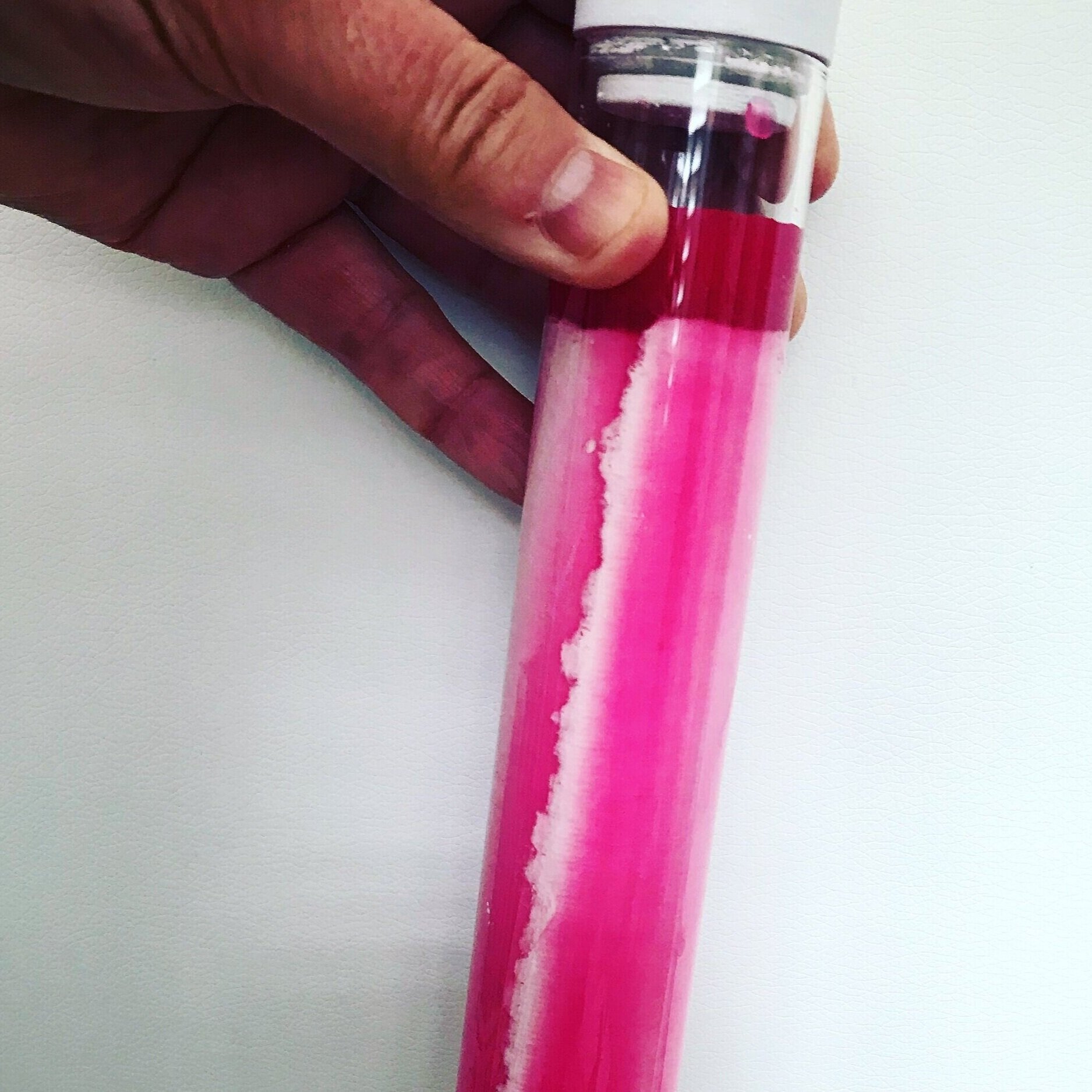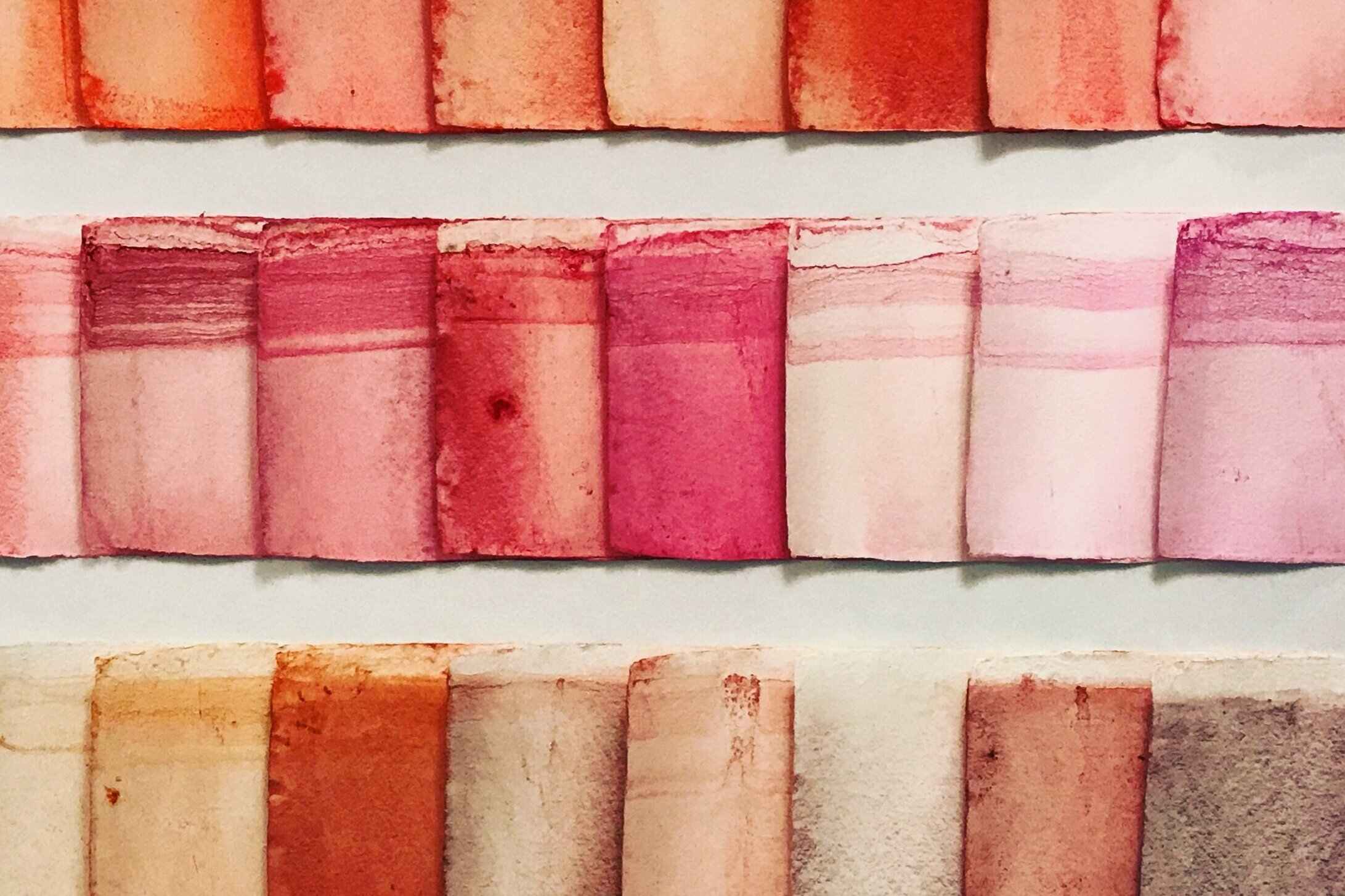It feels like the world has suddenly paused and started to notice things that are small. So small that our eyes do not see them… but we are aware and have a sense that they are there.
Read MoreCovid Colour Challenge. sureness, brightness and depth.
The Beauty Of Burnt Sienna and It's Earthly Power
“Every pigment has a peculiar nature as regards to its effect on the eye; besides this it has its peculiar quality, requiring a corresponding technical method in its application” Goethe, Theory Of Colours
The beauty of burnt sienna and its earthly power. Observing it's sureness, brightness and depth. A latent colour Burnt Sienna PR101 a transparent synthetic i...
As part of my PhD research writing, Ive been re-visiting burnt sienna Pigment Red 101 of late. I know this colour well, or should I say, I’ve worked with this colour for forty years and I’m still learning from it. Burnt Sienna has played an integral role in my paintings, particularly as an underlying warm ground colour but also as a glaze that can unify a painting with the sheerest of veils.
The colour named, Burnt Sienna, can have different visual appearances and working properties. I am working with Winsor & Newton Professional Watercolour, the Burnt Sienna and it is classified as Pigment Red 101. This colour is identified as an earth replacement using a transparent synthetic iron oxide with a lightfastness rating of 1 and a AA permanence rating.
When I presented Gol Gol Layer Colour Observation #5 and #6 at Hazelhurst Regional Gallery, I included burnt sienna as part of the installation, as it is classified as a red pigment and its beauty can be seen in the Gol Gol Layer at Lake Mungo. The paper that was revealed after 2000 hours was much gentler in its saturation than I expected and the undertone of the wet colour in the glass vessel was closer to yellow than red. As seen in the video and images (below), I am repeating the study with Burnt Sienna for closer observation.
I have been working with Winsor & Newton Professional Watercolour Burnt Sienna since I received my first paint box when I was 11 years old. Burnt Sienna, in 1979, was a natural pigment that possessed the subtle qualities of transparency for glazing and mixing but in 1988, Winsor & Newton colourmakers could no longer expect the same qualities from the naturally sourced pigment and the introduction of a synthetic earth replacement became what I know is Burnt Sienna today.
Whilst conducting an acrylic colour comparative study in 2005 (where I used Burnt Sienna as a sample colour across five different colourmakers) I became unaware of how my understanding of the inherent qualities of the pigment, Burnt Sienna, was not a generic expectation for all Burnt Siennas. All its expected and inherent beauty of colour: its brilliance; sureness; depth and transparency; that I love to play with, were heavier, sitting with a more matt finish on the painting surface, and the colour mixing outcome provided me with a very different dark when mixing with french ultramarine. It is not that these Burnt Siennas are not good… but they are different, and their difference brings about an entirely different outcome.
So I could get trapped considering these behavioural differences across colourmakers and ponder the historical changes to the colour, but all of this seems inconsequential when I am standing in the studio, have the tube in my hands and I’m about to squeeze out a colour.
The 19th Century British colourmaker, George Field wrote,
… those pigments are most beautiful which possess the most colour, whether they be light or dark, opaque or transparent, bright or subdued. There are some which exhibit all their colour at a glance: there are others that the more they are looked into the more colour they are found to have - containing, as they do, an amount of latent colour.
So I am now observing more closely, this red called Burnt Sienna to know more about its’ beauty: sureness; brilliance and depth….its earthly power.


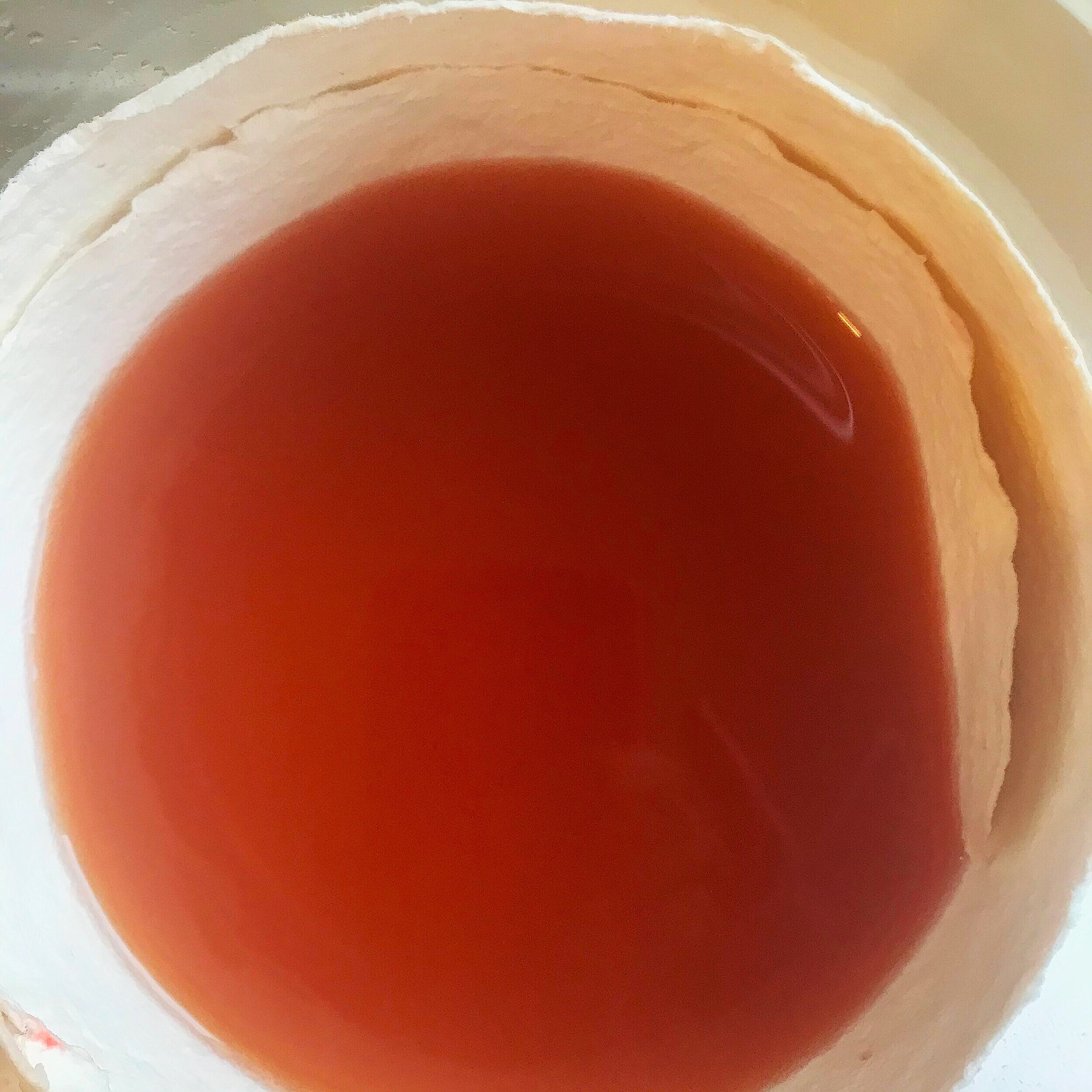
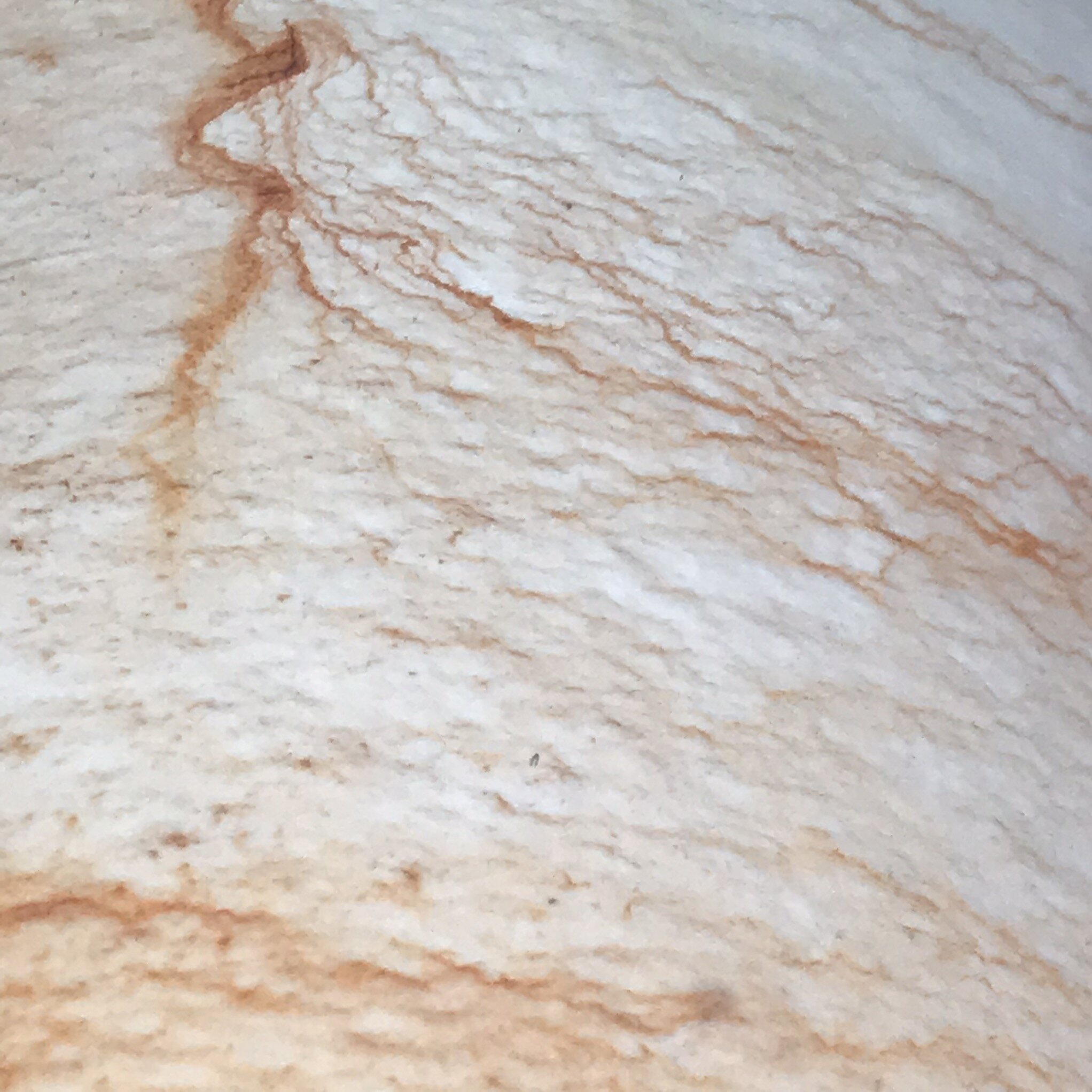
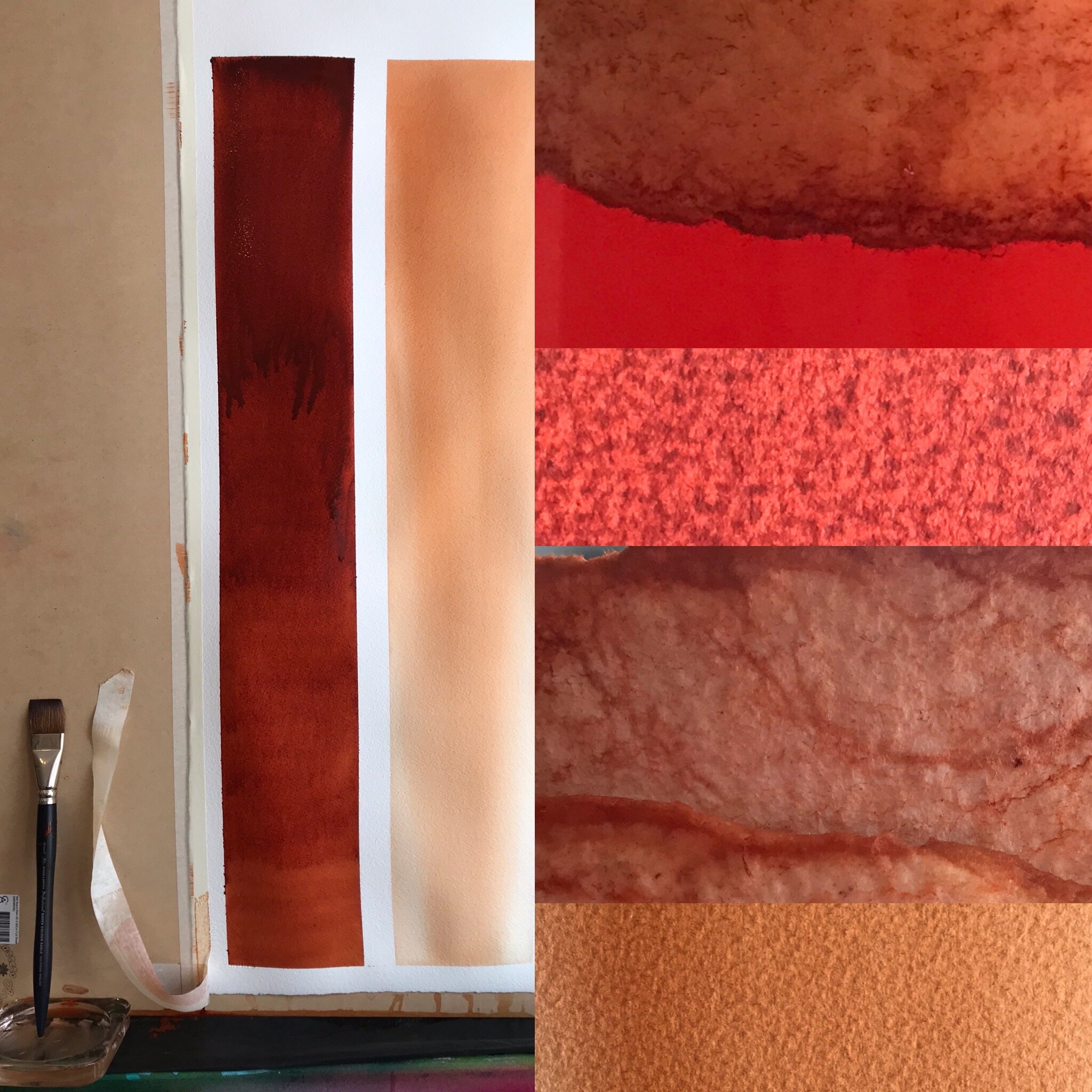
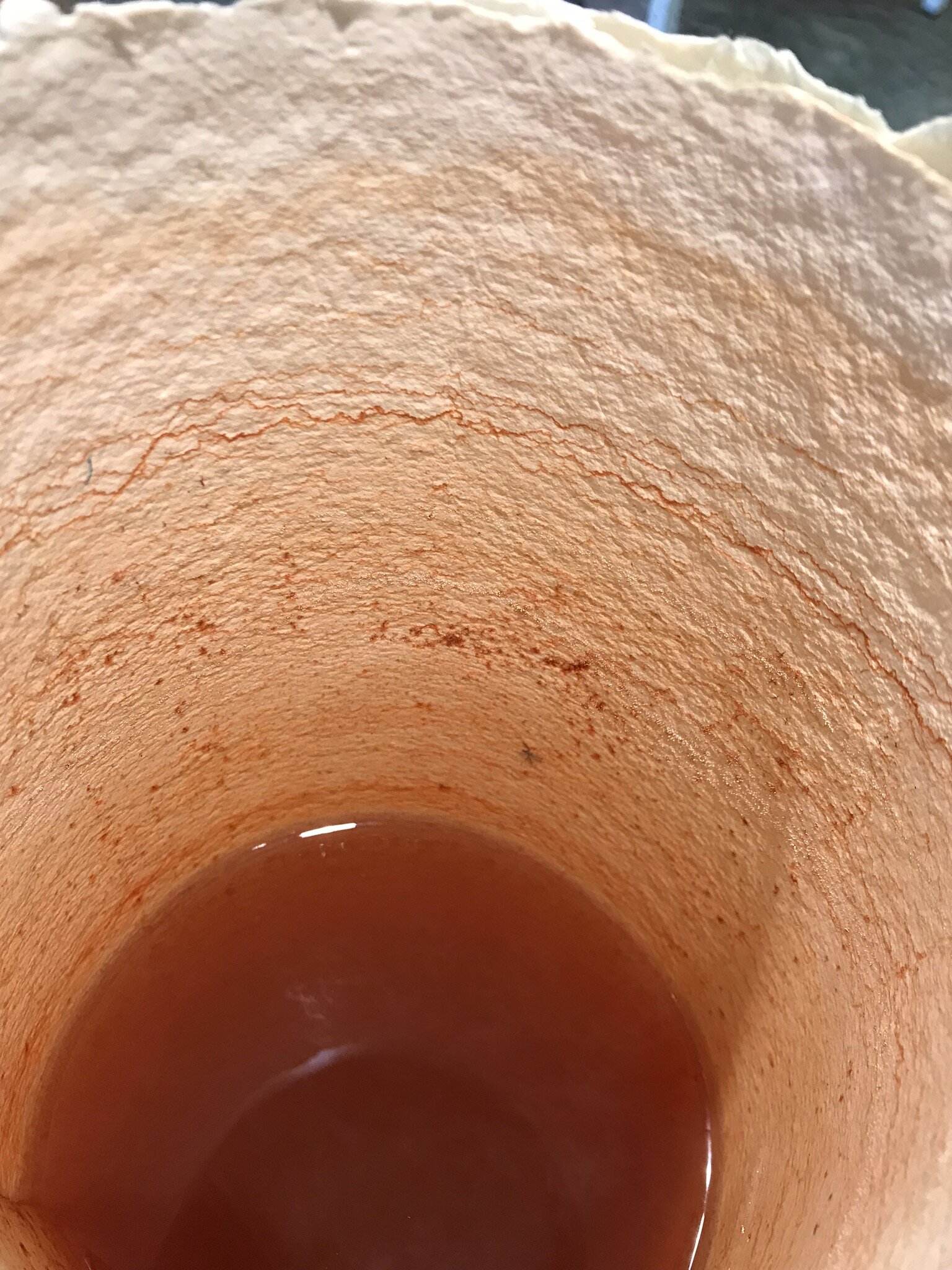
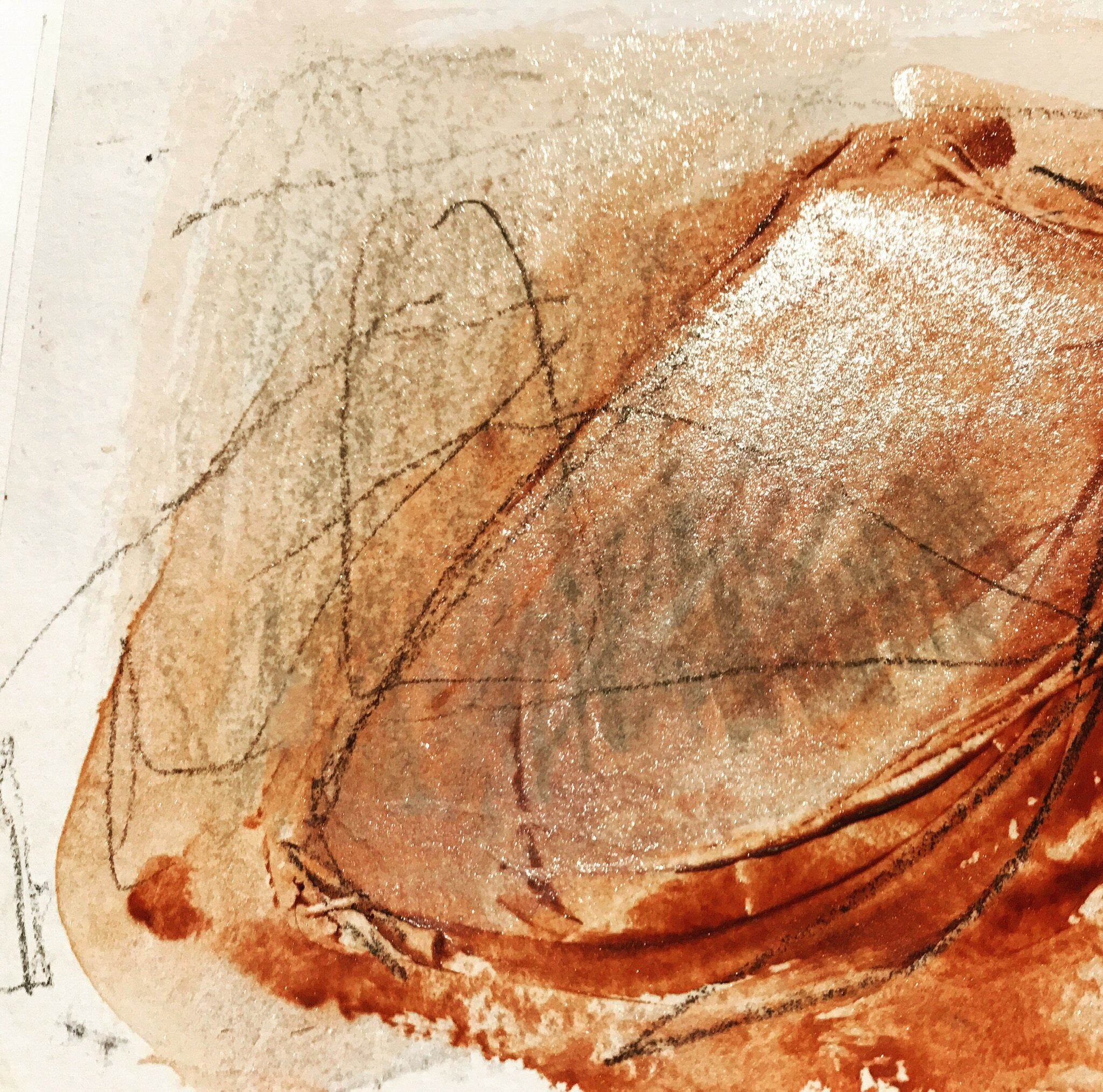
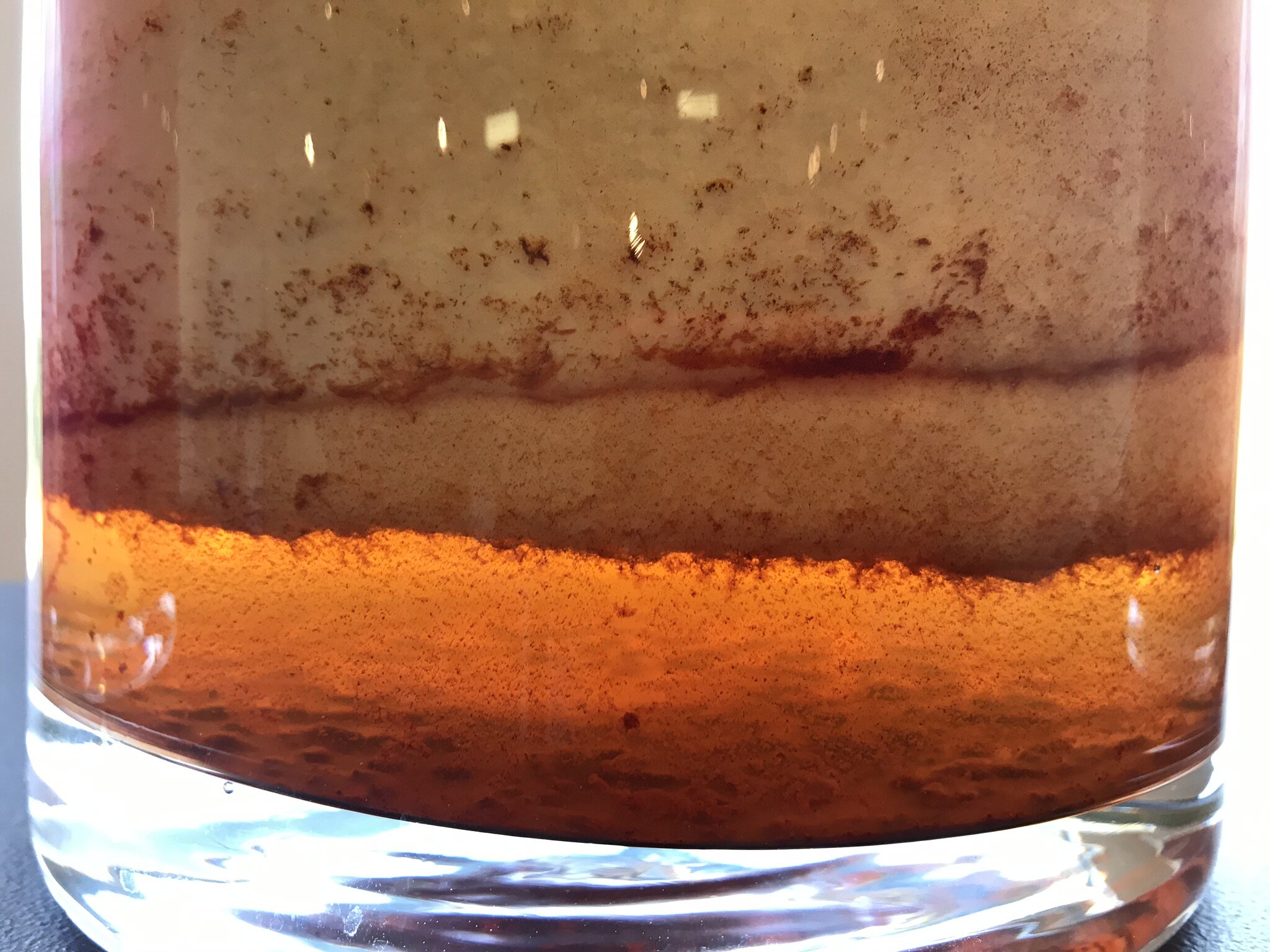
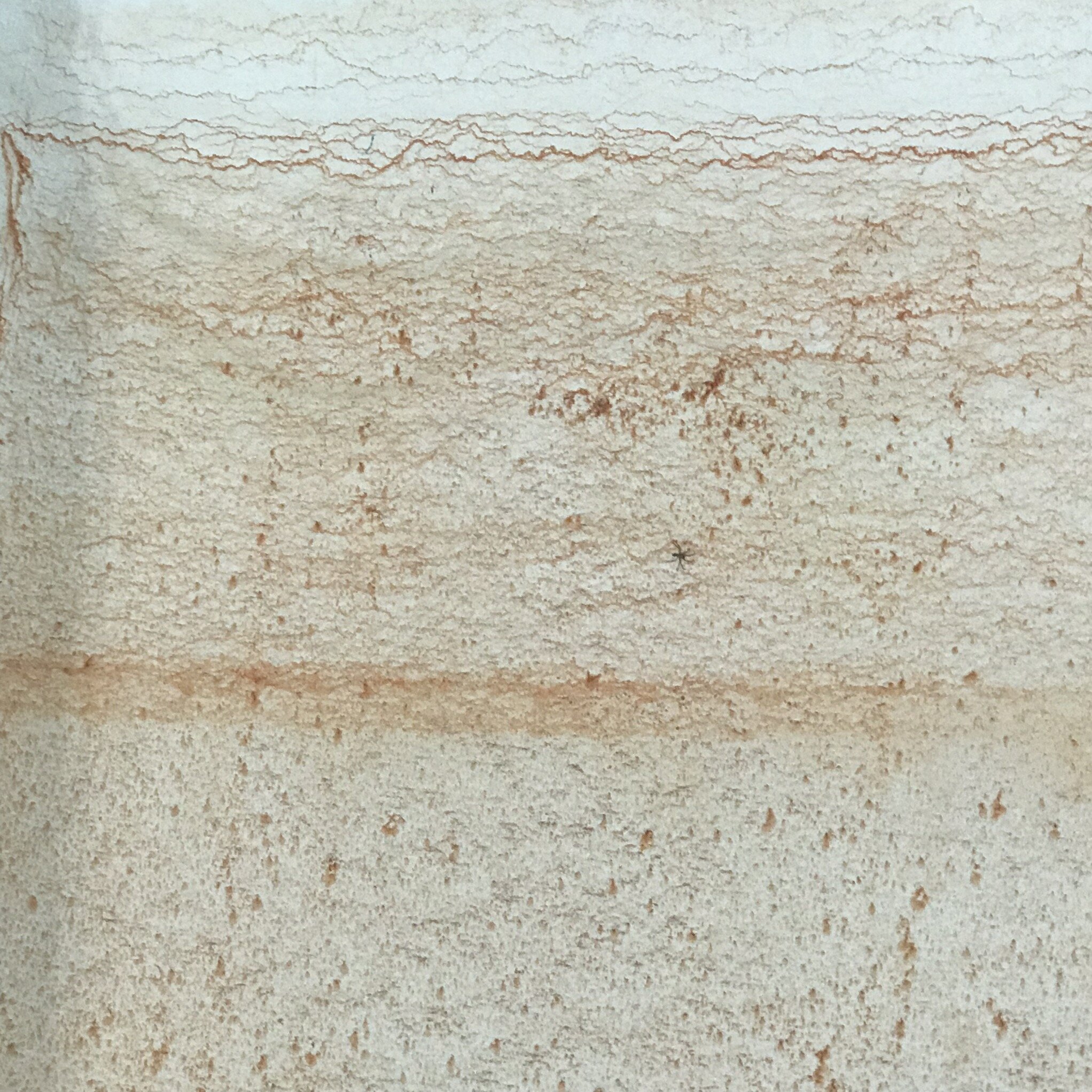
Gol Gol Layer Colour Observation 6
The Gol Gol Layer Colour Observations investigate the changes of behaviour over time of each red coloured artists’ pigment as a response to the oldest red layer at Mungo, Willandra Lakes Region, Australia. This two part installation of wet vessels, along with 24 sheets of paper were submerged for over 2000 hours. The 24 sheets of of paper evidence the effects of each red pigment in watercolour from the time based installation, Gol Gol Layer Colour Observation 5 in 2018/ 2019. Reflecting the typical arrangement on an artist’s palette, they are classified into three groups; Warm Reds, Cool Reds, and Earth Reds.
This observation was first installed as a finalist work as part of the Art On Paper Award 2019 at Hazelhurst Regional Gallery & Art Centre. For the duration of the exhibition, observations of the behaviours of each pigment were documented.
Gol Gol Layer Colour Observation 6. Image: Observation of Permanent Alizarin Crimson- Pigment Red 206 at 2000 hours 21/11/19
Disgusting mould has grown completely over the lid and the top of the solution. Colour is intense and appears very saturated before extracting the paper from the test tube. It was difficult to extract and despite the heavy smell of bushfires in Sydney currently the odour from this sample was pungent. A congealed blob of fungus growth had grown on the paper- the colour was dense and heavily saturated even as it was drying.





